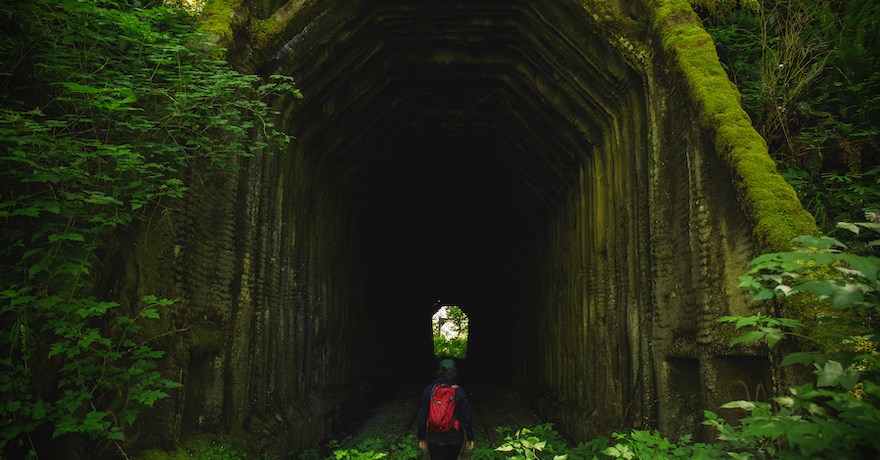Salmonberry Trail Case Study
Oregon’s Salmonberry Trail Case Study
Salmonberry Trail | Photo by Connor Charles Photography
A Rural Vision for Safe Active Transportation and Economic Revitalization in Northwest Oregon
Project Details
Lead Authority: Salmonberry Trail Intergovernmental Agency and Salmonberry Trail Foundation
Total Project Cost: $150,000,000
Funding Pledged to Date: $2,579,785
Federal: $400,000
State: $1,164,600
Local: $589,000
Private: $426,385
Shovel-Ready: 2–3 years
Type: Rural
Transformative Impact
Job Creation:Estimated 2,550 directly[1]
Health Impact: A 2018 study of the Salmonberry Trail by the Salmonberry Coalition recorded an estimated $700 in health-care cost savings per person annually who become physically active. The total health benefit for residents along the trail corridor is estimated at over $400,000.
Economic Impact: The trail will see approximately 276,000+ day visits per year and generate an estimated $20 million per year in economic impact for communities along the route.
Safety and Transportation: The trail will provide a safe alternative route to busy US Highway 101 for bicyclists and pedestrians.
Project Description
Oregon’s most ambitious rail-trail project to date, the 86-mile Salmonberry Trail seeks to create a seamless, nonmotorized multiuse trail connecting the town of Banks in the west Portland Metro area to Tillamook at the Oregon Coast. A project of the Salmonberry Trail Intergovernmental Agency and Salmonberry Trail Foundation, the trail—which will be built along the old Pacific Railway and Navigation rail line, represents “a step forward for a complete coastal trail system connecting the City of Portland … to the coast, and potentially for a grand loop that includes connections to the Cascade Range and the Columbia Gorge.”[2]
Slated for completion by 2035, the trail is currently in its planning stages, with a goal to connect a variety of communities, including Bay City, Garibaldi, Rockaway Beach, Wheeler, Timber and Manning. The route travels through a rich cultural and historical landscape ripe for outdoor and recreational tourism—including farms and valleys, the thickest and most rugged part of the forestland Oregon Coast Range, the meandering Nehalem River Valley and stunning coastal views. Coordinated into four segments for development, the eastern Valley and western Coastal segments have devised plans for trailhead development and design, while the interior River and Canyon segments are awaiting completion of their master plans.
For communities adjacent, the trail will serve as an economic engine, generating an estimated $20 million per year, and provide access to a wide range of recreational and educational activities.[3] The trail will enable residents and an estimated 276,000+ visitors per year to benefit from getting out and moving through the outdoor environment, particularly bicyclists, and is estimated to save $400,000 in health-care costs annually—around $700 per person each year (for those who become physically active).[4] The Salmonberry Trail will also provide a safe alternative to busy US Highway 101 for bicyclists and pedestrians.[5]
SOURCES
[1] Estimated at 17 jobs per $1 million spent, according to a study commissioned by the American Association of State Highway and Transportation Officials (AASHTO) on American Recovery and Reinvestment Act (ARRA) job creation: jobs in terms of full-time equivalents
[2] Salmonberry Coalition, available at: http://www.salmonberrytrail.org
[3] 2018 Salmonberry Trail Benefit Study, Paul Manson, Portland State University
[4] Ibid.
[5] Ibid.


Donate
Everyone deserves access to safe ways to walk, bike, and be active outdoors.